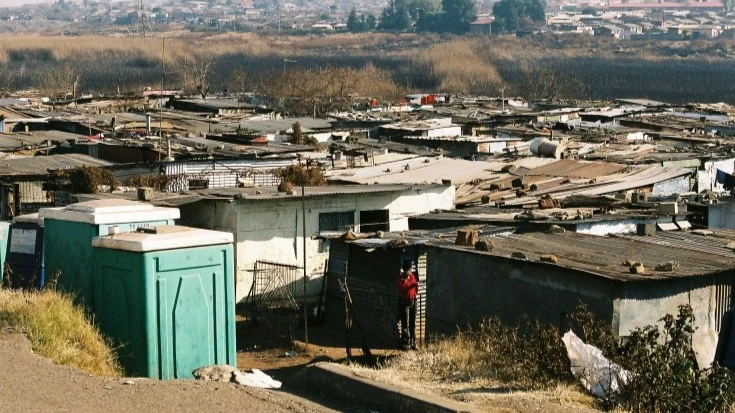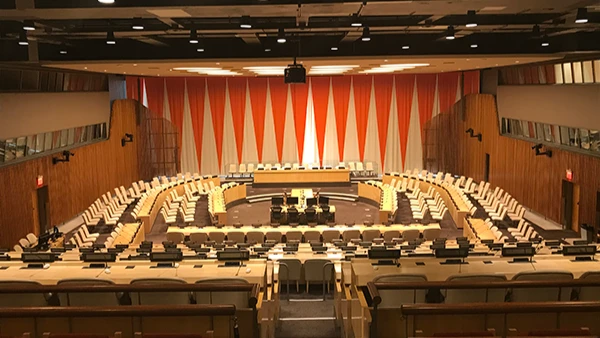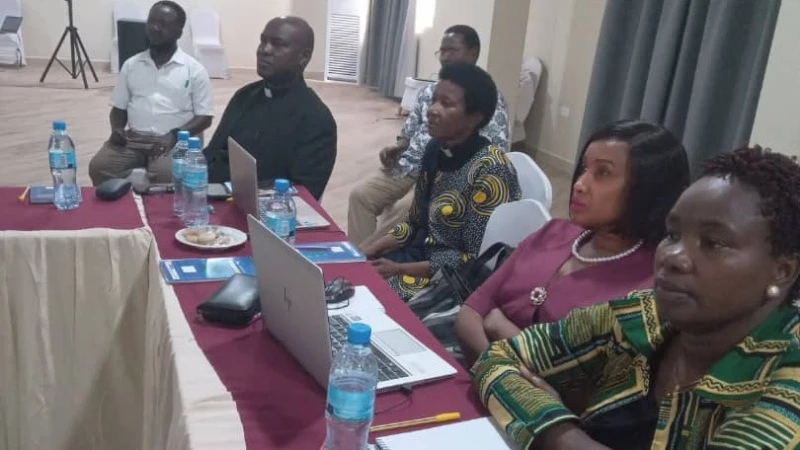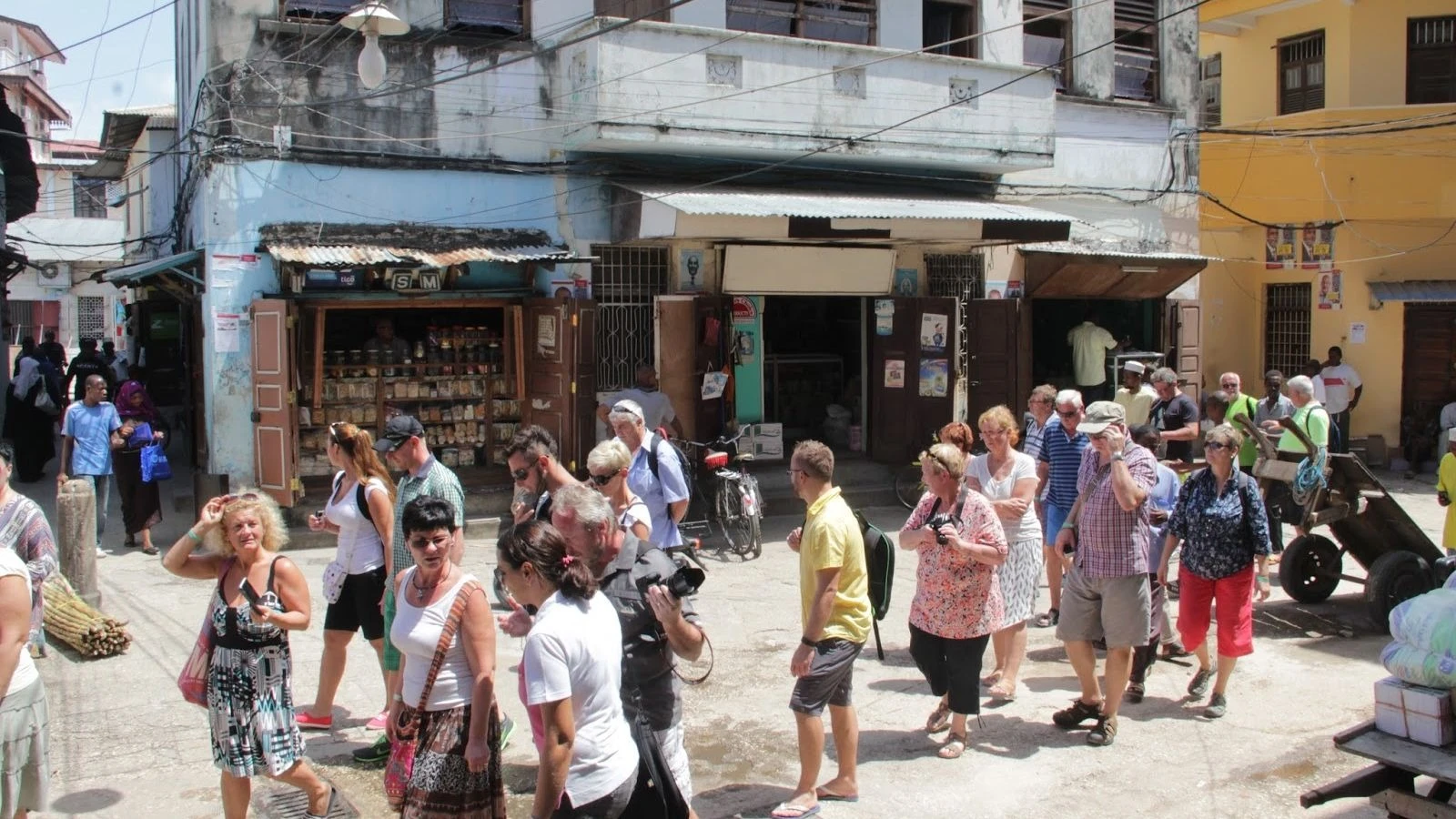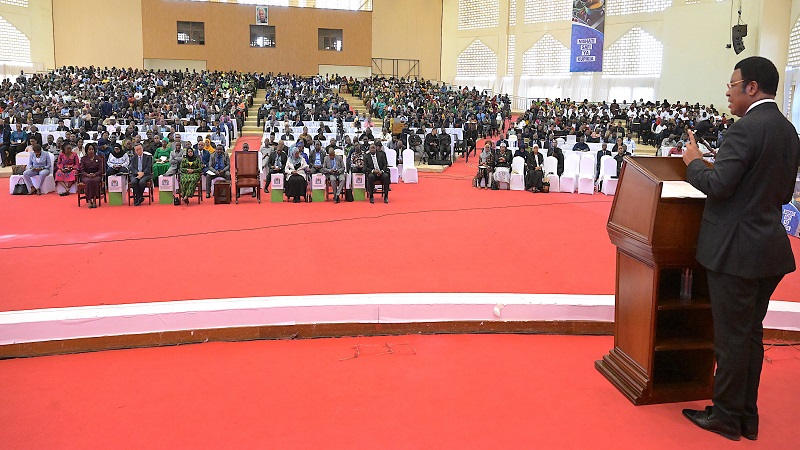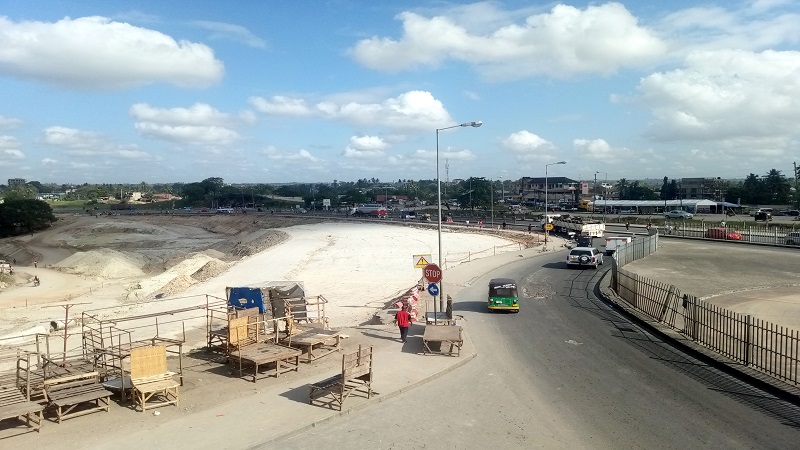Fatal Shinyanga crash sparks immediate demand for sweeping road safety reforms
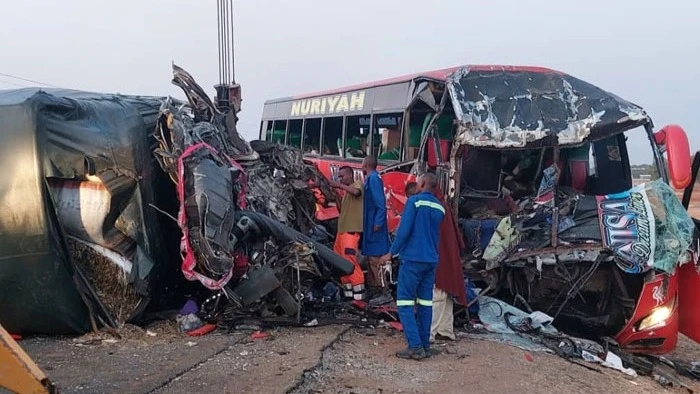
IN the quiet hours of August 19, 2024, the tragic reality of road safety hit home in Tanzania. As the sun cast its first light over Shinyanga Region, a devastating road accident unfolded, underscoring the ongoing dangers on the country’s roads. A Happy Nation bus and an LBS Coaster minibus, both crucial links in the nation's transportation network, became involved in a catastrophic collision that claimed three lives and left 45 others injured.
The accident, which occurred in the notorious Savannah area of Shinyanga town, has once again spotlighted the urgent need for enhanced road safety measures. The Happy Nation bus was traveling from Mwanza to Dar es Salaam, while the LBS Coaster was en route from Mwanza to Tabora. The collision between these two vehicles has reignited concerns about road safety and the effectiveness of existing traffic regulations.
Emergency services and local authorities rushed to the scene, working tirelessly to assist the injured and manage the aftermath of the crash. The loss of life and the extent of injuries serve as a stark reminder of the pressing need for improvements in road infrastructure and driver behavior across the country. This latest tragedy emphasizes the critical need for ongoing efforts to enhance road safety and prevent such devastating accidents in the future.
Shinyanga District Commissioner, Advocate Julius Mtatiro, provided details of the incident, stating, "The accident happened right here in Shinyanga Town, at the Savannah area, where two vehicles—a Coaster and the Happy Nation bus—both originating from Mwanza and passing through Shinyanga on their respective journeys, collided.
It appears both vehicles were speeding, and the bus driver seems to have been driving recklessly. He attempted to overtake another vehicle, saw an oncoming car, and swerved the Happy Nation bus back to the left, crashing into the Coaster. The Coaster lost control, veered into a ditch, and was severely damaged."
Preliminary reports indicate that the Coaster was carrying 48 passengers, potentially exceeding its capacity. So far, the accident has resulted in three fatalities—a man and two women—while 45 others are receiving medical treatment.
This tragic accident comes in the wake of rising public frustration over road safety in the region. Earlier in January 2024, enraged residents in Bugweto, Shinyanga Municipality, dismantled and dug up the tarmac on the main Shinyanga-Mwanza Road, demanding the installation of speed bumps at the Bugweto junction. The area has been notorious for frequent accidents, causing numerous deaths and injuries.
The incident of road destruction occurred just hours after these residents had blocked the Shinyanga-Mwanza highway following a tragic accident on January 31, 2024. In this accident, two cyclists were struck by a vehicle, resulting in the death of 25-year-old Daudi Kulwa Mwandu, a resident of Bugweto, and severe injuries to 33-year-old Athuman Mtatiro Wambura, a resident of Tambukareli.
Residents speaking to reporters expressed their frustration, claiming that many accidents on the road were due to speeding by drivers, leading to fatal accidents. On that particular morning alone, three accidents had already occurred, highlighting the urgent need for action.
The lack of speed control measures, such as speed bumps, and drivers' disregard for traffic safety rules, have been identified as major contributors to road accidents in the area. Following the road destruction, officers from the Tanzania National Roads Agency (Tanroads) in Shinyanga were seen constructing speed bumps, while police beefed up security in the area to prevent further incidents.
Shinyanga Regional Police Commander, ACP Janeth Magomi, visited the scene and assured residents that road safety patrols would be intensified. Additionally, Shinyanga District Administrative Secretary, Said Kitinga, took swift action by directing the relevant authorities to address the conundrum.
The deadly accident on August 19, 2024, is part of a broader pattern of road tragedies in Shinyanga. On August 28, 2020, five people perished instantly in Nyasamba village, Kishapu District, Shinyanga Region, after a small Toyota car from Dar es Salaam collided head-on with an NBS bus plying from Mwanza to Tabora.
The deceased were taken to Shinyanga Regional Hospital. ACP Deborah Magiligimba, then the Police Commander for Shinyanga, attributed the accident to speeding, noting that the small car was at fault for crossing into the oncoming lane.
Road accidents in Tanzania continue to expose serious issues with road infrastructure and driver behavior. Recent data from the Land Transport Regulatory Authority (Latra) reveals that speeding, reckless driving, and deteriorating road conditions are major contributors to the high accident rates. The absence of effective speed control measures, such as speed bumps, aggravates these problems.
Japhet Kabelege, Land Transport Regulatory Authority (LATRA) Quality Assurance Officer, highlighted driver fatigue as a significant factor in road accidents. At a training session for journalists organized by the Road Safety Journalists Association (TRSJNET) and the Mental Health Journalists Association (TAMHJO) on August 11, 2024, Kabelege reported that out of 15 road accidents investigated in the past month, eight occurred in the early morning hours due to driver fatigue and reckless behavior.
One particularly tragic incident occurred on October 8, 2024, when a truck collided with a speeding motorcycle at the sharp corners of Kishoju Road, killing five people. Dr. Brighton Katabaro, a local resident and school owner, expressed grave concern about the frequent accidents at these sharp corners. “The corners of Kishoju Road are so sharp that we need road safety signs to alert drivers; otherwise, we will keep mourning,” Dr. Katabaro said. He added that among the victims was a 30-year-old employee from his school, who was riding his motorcycle when the accident happened.
Minister for Work Innocent Bashungwa recently visited the area and assured road users that the government is committed to addressing the road safety issues. “We will do everything in our power to tackle the road carnage. Drivers must exercise extra caution while we work on installing proper road signs,” Bashungwa stated. Despite these assurances, a more comprehensive approach is required to effectively address the road safety crisis.
LATRA is rolling out a new strategy to monitor driver behavior and enforce legal driving limits. This includes implementing advanced technology such as vehicle tracking systems and cameras on buses to monitor critical factors like passenger numbers and signs of driver fatigue. Japhet Kabelege noted that this technology aims to improve overall safety by providing real-time data and ensuring compliance with safety regulations.
Tanzania can benefit from successful road safety strategies implemented in other African countries. Rwanda, for example, has significantly reduced road accidents through a combination of strict traffic enforcement, public awareness campaigns, and the installation of speed control measures. The Rwandan government has effectively utilized traffic cameras and speed bumps, along with rigorous enforcement of traffic laws, leading to a notable decline in road fatalities. Public education campaigns have also been crucial in changing driver behavior and promoting safer driving practices.
Similarly, South Africa has made substantial investments in road infrastructure and advanced traffic management systems. Efforts include constructing safer roads, installing traffic lights, and using technology to monitor and manage traffic flow. These measures have contributed to a significant reduction in road fatalities and improved overall road safety. South Africa’s approach highlights the importance of integrating infrastructure improvements with stringent enforcement and public education.
In Tanzania, adopting similar strategies could have a transformative impact. Installing clear and visible warning signs, improving road design with speed bumps and guardrails, and widening roads for safer maneuvering around corners are essential steps. Additionally, using reflective paint and markers on road surfaces and implementing divided lanes for opposing traffic can further enhance safety.
The 2023 World Health Organization (WHO) Global Accident Report underscores the severe impact of road traffic crashes globally, with approximately 1.3 million deaths annually and millions more injured. The United Nations has set an ambitious goal of halving road traffic deaths and injuries by 2030. Tanzania must take decisive action to meet this target and address the road safety crisis effectively.
As the country grapples with ongoing road safety challenges, immediate and comprehensive reforms are necessary. Drawing from successful examples in Rwanda and South Africa, Tanzania must prioritize road safety by enforcing traffic laws, improving infrastructure, and increasing public awareness.
Implementing these measures will be crucial in preventing further tragedies and saving lives on Tanzania’s roads. The recent incidents and ongoing safety concerns serve as a powerful reminder of the urgent need for effective solutions and dedicated efforts to ensure safer roads for all.
Top Headlines
© 2024 IPPMEDIA.COM. ALL RIGHTS RESERVED




